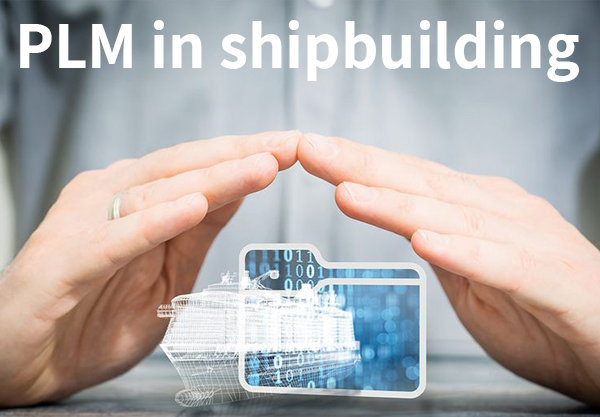
|
PROSTEP passes on its knowledge of PLM in shipbuildingBy Carsten Zerbst More and more shipyards are using PLM systems to increase their productivity and minimize risk in development and production. PROSTEP advises and supports them during implementation. Our shipbuilding experts will share their experiences at the shipbuilding conferences ICCAS in Genoa and WSC in Lisbon this fall. System development from lubricating oil systems to radar systems, products with several million components, unique production and a supplier share of 70 percent - these are the key points that make the design, planning and production of ships so demanding. The PLM systems that shipyards use to make their development and production processes more efficient must also take this into account. The integration of the often heterogeneous CAD landscapes poses particular challenges. The requirements of the shipbuilding industry for CAD systems differ significantly from general mechanical engineering or the automotive industry. This has led to the development of highly efficient systems for the design and manufacturing of these unique products, which allow distributed teams to work on several hundred systems and support the production of millions of components. However, traditional shipbuilding CAD systems lack any support for the product lifecycle. It is not possible to see exactly where you stand in the design or production of a ship in a single system. To answer this question quickly and reliably, more and more shipyards are implementing a PLM system. Simply installing a PLM system is not enough for shipyards, just as it is not enough for other industries. Companies not only have to choose the right software, but also find the right partner for the configuration and integration. Only the complete package turns PLM software into a solution that helps the shipyard in its daily work. PROSTEP is one of the few PLM specialists that has in-depth knowledge of the processes in the shipyard industry and supports the integration of existing systems with finished components. In order to further disseminate their knowledge on the subject of "PLM in shipbuilding", our shipbuilding experts presented a paper on this subject at the recent ICCAS in Genoa. This conference, organized by the Royal Institution of Naval Architects, brings together shipbuilding experts from all over the world every two years to discuss the current state of research and technology. At the World Shipbuilding Conference, which will take place in Lisbon in October, we will be presenting our ShipConstructor integration offering. Our OpenPDM SHIP integration platform supports the entire process, from the transfer of the initial design to the control of welding robots. Further information can be found on LinkedIn. 
|
|
| © PROSTEP AG | ALL RIGHTS RESERVED | IMPRINT | PRIVACY STATEMENT | YOU CAN UNSUBSCRIBE TO THE NEWSLETTER HERE. |

